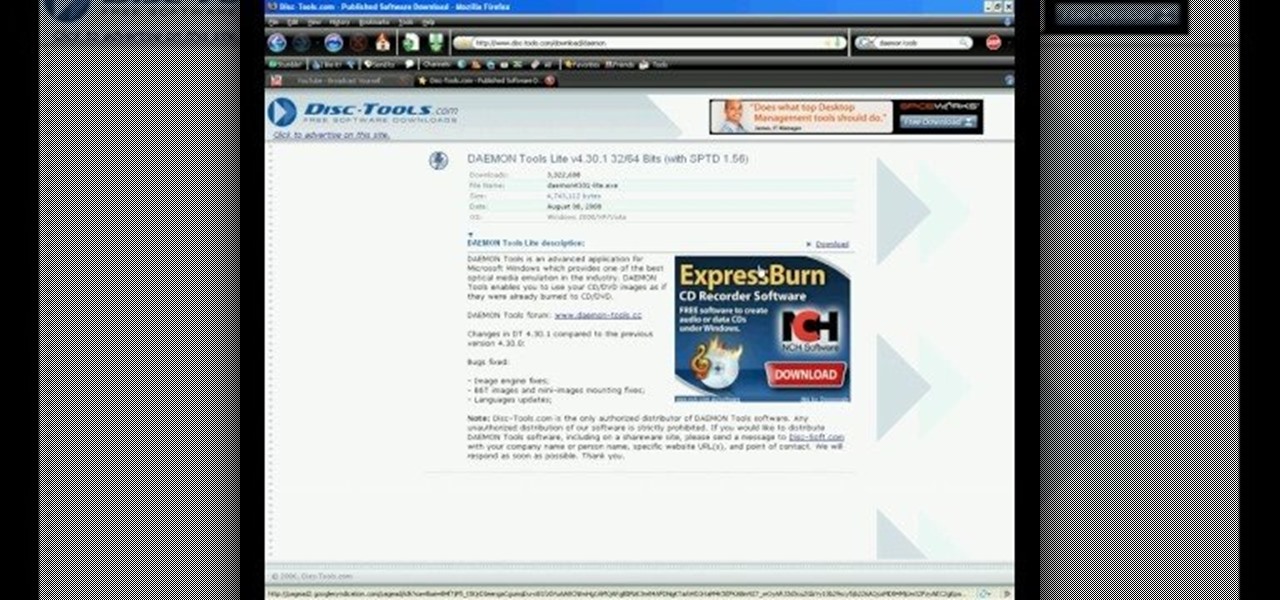

Ensure that you have made a backup of any information you want to keep before using YUMI on any drive.īasic Essentials to create a Multi System Bootable USB Drive YUMI Legacy or UEFI can be used to format your select USB drive, but be aware that all partitions on the select disk will also be deleted. YUMI UEFI currently must use Fat32 format. NTFS may not work with every distribution but is required for storing files over 4GB. NOTE: For legacy YUMI, your USB drive must be Fat32/NTFS formatted, otherwise Syslinux will fail and as a result, your drive will NOT Boot. YUMI-UEFI-0.0.4.3.exe: Fix to allow spaces in Windows user profile. YUMI UEFI+BIOS FAT32 Download and Changelog: SECURE BOOTING: If it is enabled, you will need to disable secure boot from your computers BIOS/UEFI system firmware menu, before booting. Fat32format is used to format the large partition as fat32. The entire disk will be wiped clean!ĭiskpart is used to wipe the select drive clean and then create a single partition using the same drive letter. They will be autodetected and their entries automatically appended to the Boot Menu.īACKUP DATA: Backup your content from ALL partitions on your selected USB drive before using the “Wipe and fat32 format” option.
KON BOOT TORRENT ISO
The “Try Unlisted ISO” option supports the ability to drag and drop additional ISO files to try into the /multiboot/ISOS folder. It utilizes the fat32format utility to format drives larger than 32GB as Fat32. In addition, your USB drive must be Fat32 formatted to support booting in UEFI mode. Note that this UEFI version is not compatible with the legacy variant. The YUMI UEFI variant utilizes GRUB2 for both UEFI and BIOS booting. YUMI-2.0.9.3.exe: Fix to allow spaces in Windows user profile. When choosing the “Wipe Entire Disk” option, all partitions sharing that disk number will be wiped clean. Run ISOs from the Multiboot USB Boot MenuīACKUP DATA: You must Backup any data you wish to keep before using the “Format” options.
KON BOOT TORRENT INSTALL
Install ISO Files to USB from the Setup Screen Most modern motherboards still have Legacy BIOS firmware support though CMS Legacy mode. You can use this version if your computer supports BIOS booting, and if you do not plan to run your Windows installers from YUMI in UEFI mode. BIOS and UEFI USB booting (Distro dependent).
KON BOOT TORRENT SOFTWARE
You can also use the software to create USB Bootable Windows Installers, enabling you to easily Install Windows from USB. If you find a distribution where the installer does not work, please let me know. Though YUMI was originally intended to be used to run various “LIVE Linux” Operating Systems and tools from USB, using it to install Linux from a Flash Drive to a Hard Drive should work with most distributions.
KON BOOT TORRENT PORTABLE
This makes for a nicely organized Portable Multiboot USB Drive that can still be used for traditional storage purposes. For the most part, files are generally stored within the Multiboot folder. These USB Boot tools were amongst the first ever made for the purpose of creating a USB bootable flash drive. It replaces our old Multiboot ISOS tool and is also the successor to the singular Universal USB Installer (UUI). The YUMI App has been considered by many to be the Best Bootable USB Creator.


 0 kommentar(er)
0 kommentar(er)
